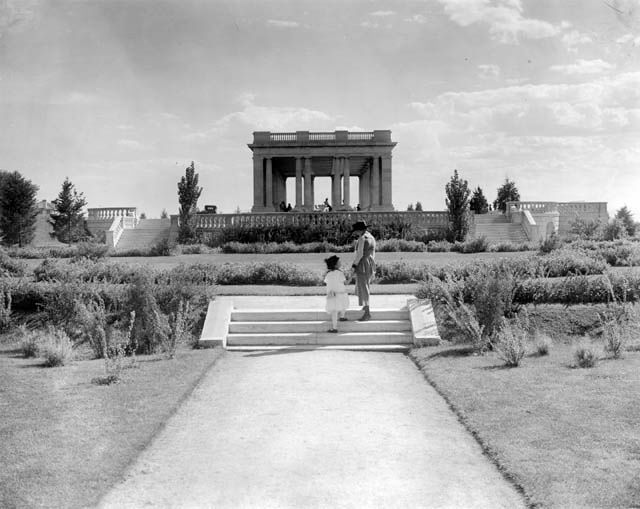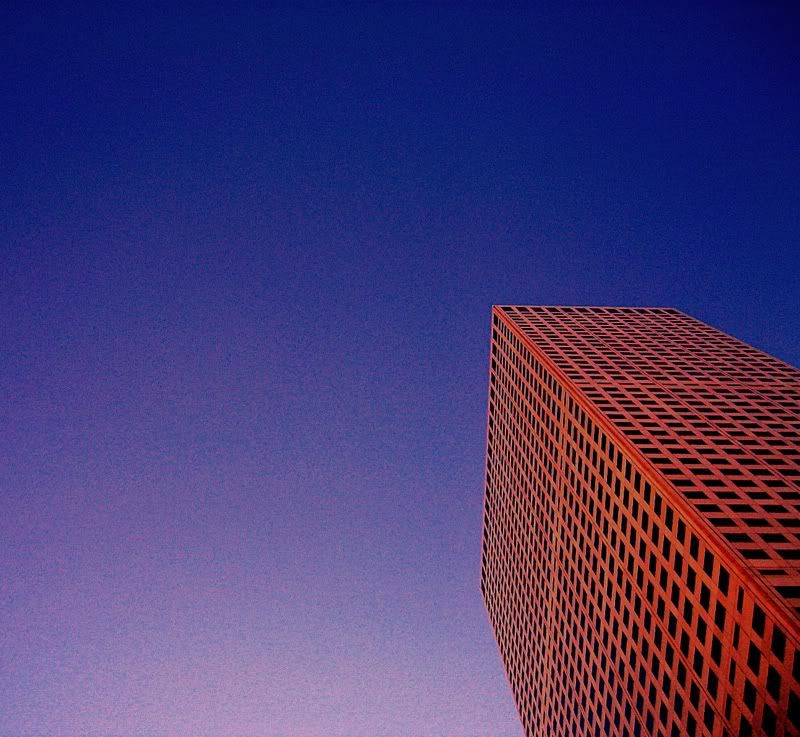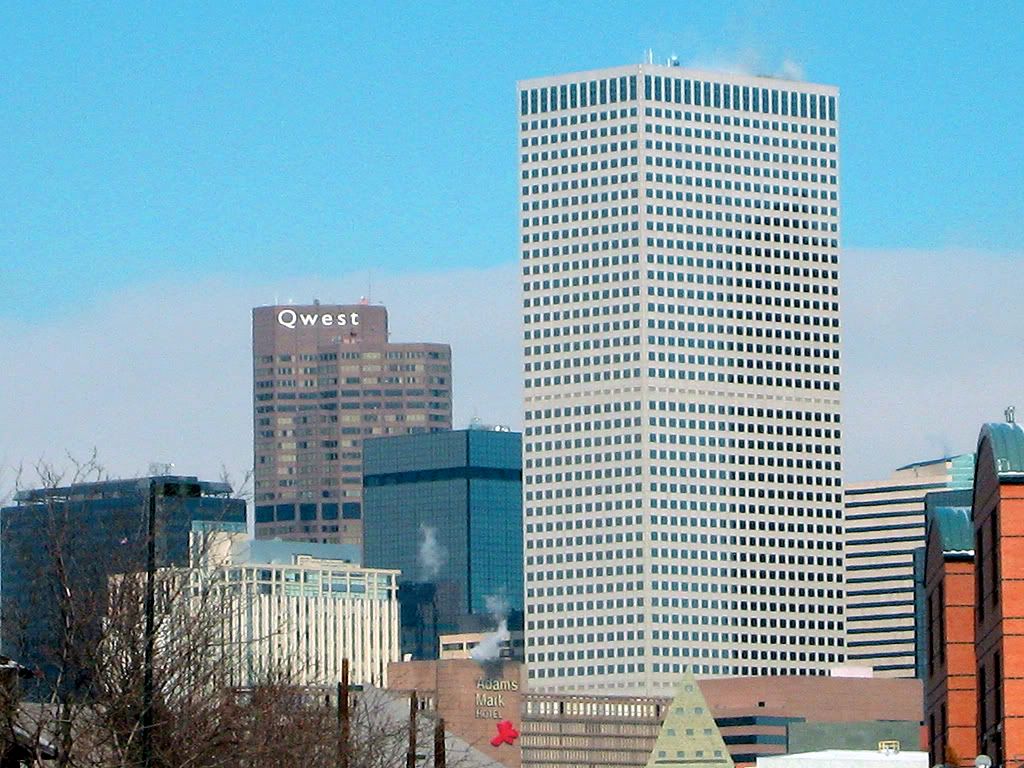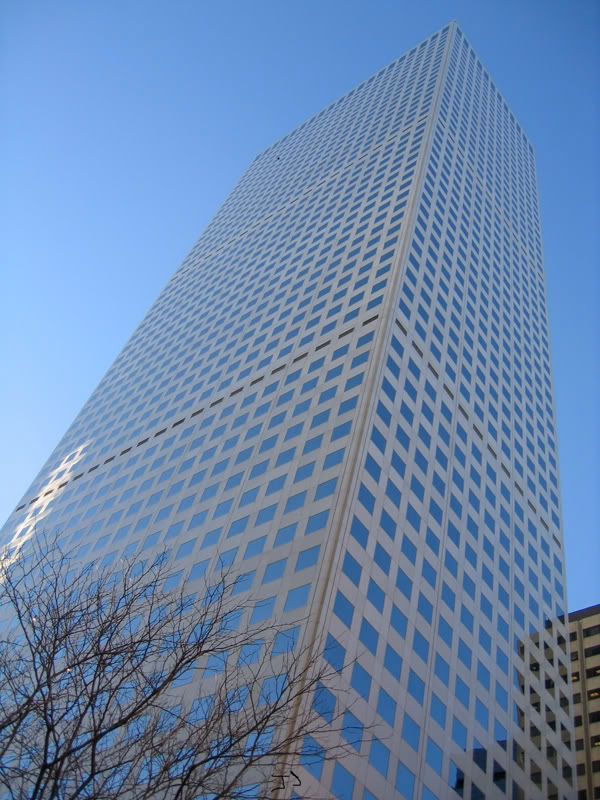Saturday, July 28, 2007
Friday, May 25, 2007
The History of Denver Area Cemeteries
Denver Colorado and Cemeteries

Historical Background
Finding the cemetery where your relatives are buried in the Denver area can be a challenge. The earliest cemeteries, Mount Prospect and Acacia, have been moved and their records have not survived. To complicate matters, death records in Denver were not required until 1900 and they were not consistently recorded until about 1925. Other matters at Mount Prospect Cemetery, now Cheeseman Park, Denver Botanic Gardens, Congress Park, and the Cheeseman Water Resevoir, that were gruesome, and quite scandalous have futher complicated the matter of finding many of the dead souls of Denver, Colorado. Many of them are still in the ground underneath the very feet of those playing volleyball, or laying out for an afternoon suntan in the 'Mile High City.'  Chilling perhaps if you can even really believe in ghosts, and spirits.
Chilling perhaps if you can even really believe in ghosts, and spirits.
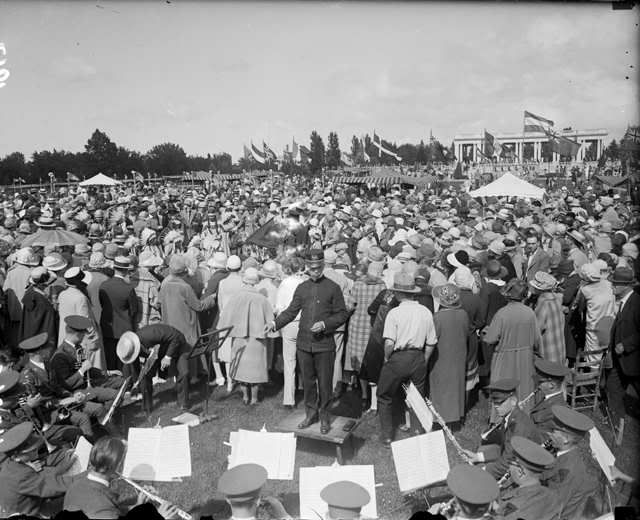
 "For me, seeing will be believing, as I research more into the history of the conversion of a graveyard, into a city recreational facility."
"For me, seeing will be believing, as I research more into the history of the conversion of a graveyard, into a city recreational facility."
This site was selected by William Larimer and William Clancey during the winter of 1858-1859. The Kansas Territorial Legislature granted a charter on February 27, 1860. Jack O'Neill, a victim of a gunfight, was the first burial on March 30, 1859. The cemetery was eventually divided into sections for Roman Catholic burials (Mount Calvary), Masonic and Improved Order of Odd Fellows, Jewish (Hebrew Burying and Prayer Ground) and Mount Prospect or Prospect Hill. Mount Prospect, later called City Cemetery, had areas set aside for burials of paupers, Chinese, and members of the Grand Army of the Republic, a Civil War Union veterans organization.
In 1872 the City of Denver applied to Congress for title to the land. On November 15, 1873 Denver gained ownership and Mount Prospect became City Cemetery. Riverside Cemetery opened in 1876 and burials in City Cemetery declined. In 1890 Denver was granted permission by Congress to use the land for a park. In 1893 burials were ordered stopped and 788 bodies were removed to Riverside Cemetery. In August 1893 the Denver Park Commission gave notice that families had 90 days to remove their loved ones' remains and that after that time no bodies were to be removed as the entire area would be planted in grass. About 4,200 bodies from City Cemetery remain beneath the sod of Cheesman Park.
Mount Calvary was the Roman Catholic section of Mount Prospect and later City Cemetery. In 1890 Denver was granted permission to use the cemetery lands for a park and the Diocese of Denver secured an injunction preventing enforcement of the order against their property. The last burial in Mount Calvary was in 1908. In 1891 Mt. Olivet Cemetery in Wheat Ridge opened and many of the bodies from Mount Calvary were removed there. In 1950 the remaining 8,600 bodies were removed to Mount Olivet. Today this is the site of the Denver Botanic Gardens.
The Jewish section was known as Hebrew Burying and Prayer Ground. The local Jewish congregations did not hold title to their section and were not able to prevent the closure of the cemetery. In 1896 the Hebrew Cemetery Association purchased a section known as Emanuel in Riverside Cemetery. In 1911 Congregation Emanuel purchased 15 acres within Fairmount Cemetery, also called Emanuel. In 1923 the Jewish Cemetery Committee reported that removals from the Hebrew Burying and Prayer Ground had been completed.
Acacia Cemetery, located in the town of Highland between what is now 29th and 32nd Avenues and Tejon and Zuni Streets, was purchased in 1866 by Union Masonic Lodge No. 7, Denver Masonic Lodge No. 5, and Denver Chapter No. 12, Royal Arch Masons. The cemetery was opened and lots were sold in May of 1867. The southwest quarter of the tract was sold to the Improved Order of Odd Fellows, I.O.O.F. The cemetery was open until the late 1870s when the bodies were removed to City Cemetery. In 1872 sections for the Masons and Odd Fellows were set aside in City Cemetery. In 1893 the bodies were again moved, this time to Riverside Cemetery. In 1881 the entire tract of Acacia Cemetery was sold to George Tritch who filed a plat under the name of the "Union Addition" in the City of Denver.
These Photos were taken by:
Johnathan J Stegeman

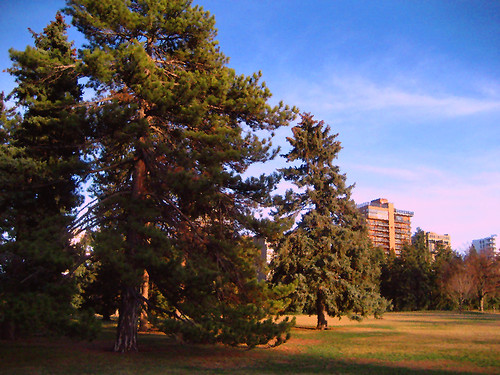
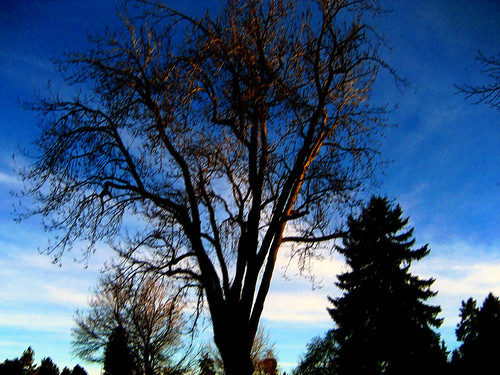
Posted by Creator: at 10:54 AM
Saturday, April 28, 2007
Thursday, April 19, 2007
Dafodills: A "Narcissus" that is Glad to have an Accent?
Yellow "Trumpet Daffodills" (Narcissus)

Posted by Creator: at 1:52 PM 0 comments
Tuesday, March 13, 2007
Varian & Sterner, archs. Holzman House
Varian & Sterner, archs. Holzman House
Date 1890.View of the Holzman House at 1772 Grant Street in the North Capitol Hill neighborhood of Denver, Colorado. This rusticated stone building was designed by the archtectural firm of Varian and Sterner and has a wrap-around porch with columns and pillars, hipped roof, arched windows, gabled dormers, chimneys, and plain parapeted gables.
Posted by Creator: at 10:25 AM 0 comments
Sunday, February 25, 2007
Republic Plaza

 Height: 714'
Height: 714'Stories: 56
Year: 1984
Denver's tallest skyscraper has been standing proud as the tallest building in Colorado and the entire Mountain West region of the United States since its completion in 1984.
Cast of smooth sardinian granite, the 56-story tower was completed in 1984 during Denver's Energy Boom, that famous real estate building frenzy of the 1980s that pushed most of downtown's skyline into the sky.
Republic Plaza contains 1,239,000 square feet of office space, a significant amount of which is leased to TIAA-CREF, law firms and banks.
Posted by Creator: at 6:26 PM
Saturday, February 17, 2007
The Colorado State Capitol Building

Downtown Denver, Colorado State Capitol Building it's Gold plated dome gleams behind the winter laden tree branches.
Posted by Creator: at 8:31 PM




